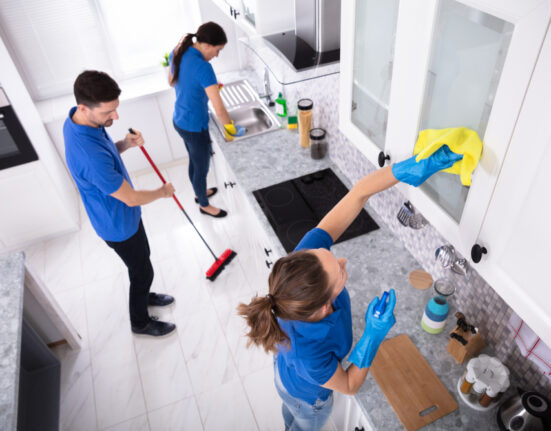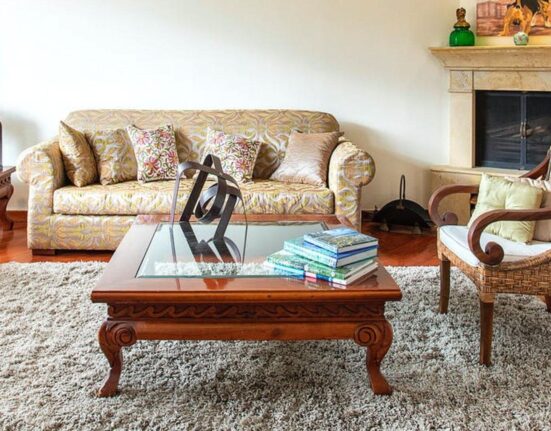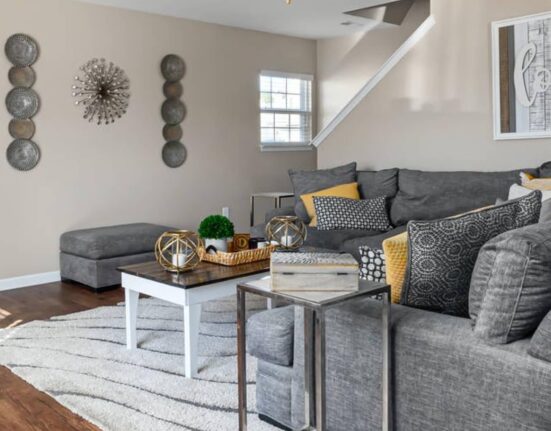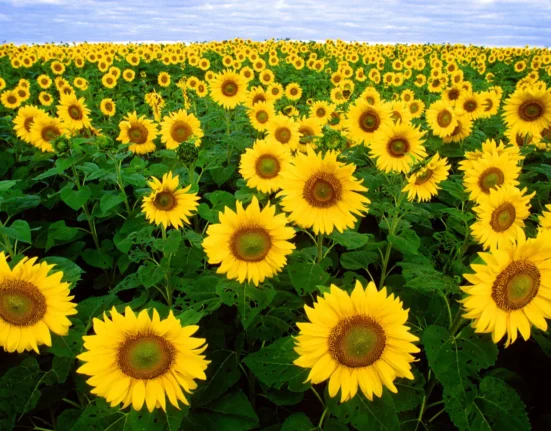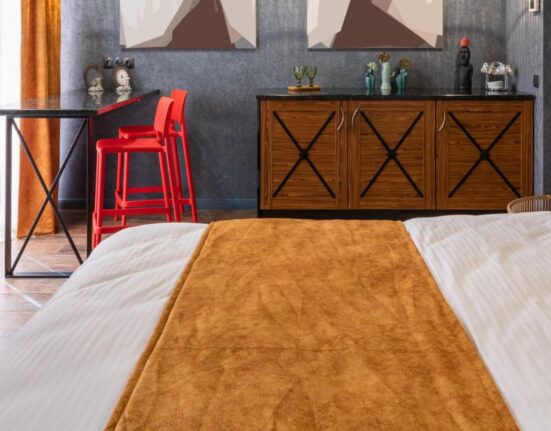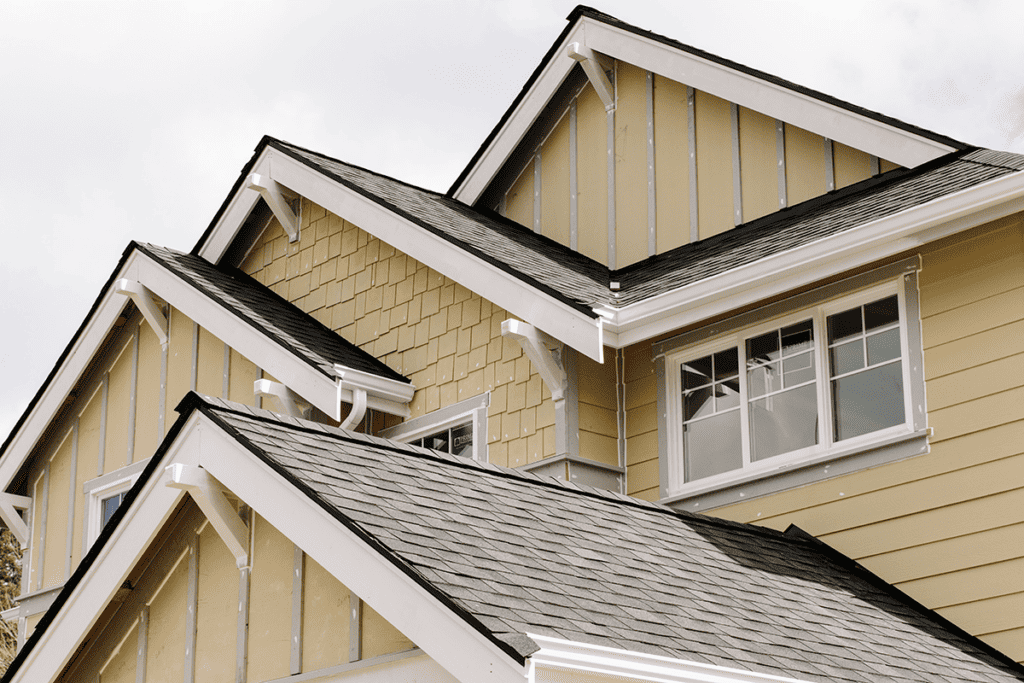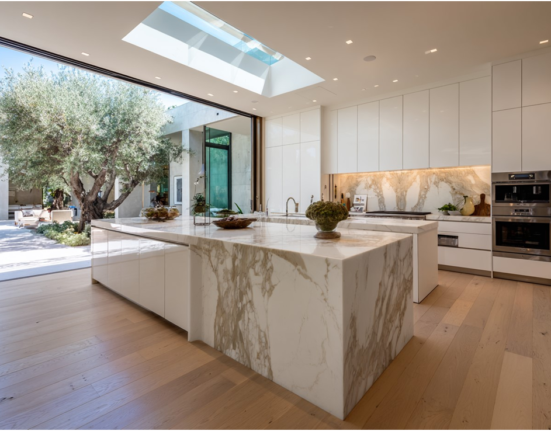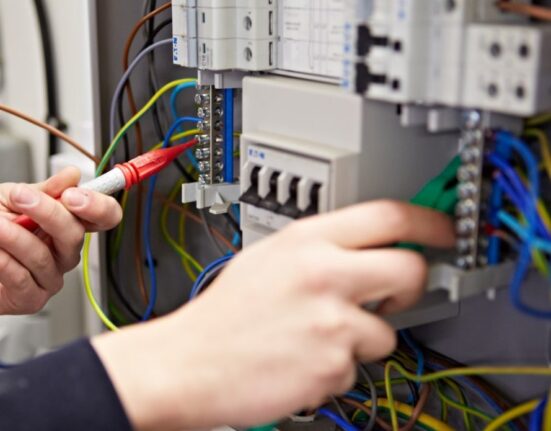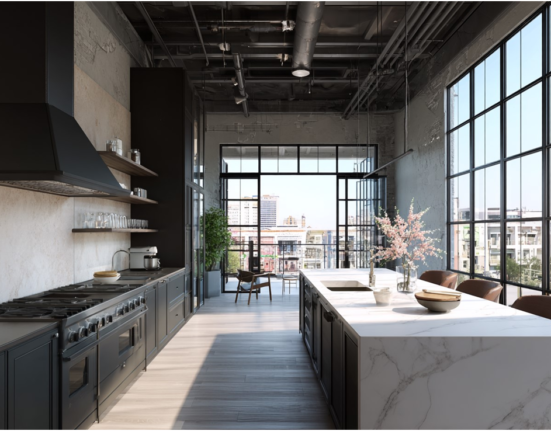When Sarah bought her first home, she was excited about the roof’s modern design and clean lines. But after the first winter, she noticed the gutters sagging, and water seemed to pool around the edges of the roofline. A local contractor informed her that her home’s fascia board, a crucial part of the roof structure, had started to rot. While it wasn’t something Sarah had paid much attention to before, she quickly learned that the fascia plays a vital role in not just the appearance but also the functionality and longevity of her roof.
What Is a Fascia Roof?
A fascia is a horizontal board that runs along the roof’s edge, typically under the roofline and attached to the ends of the rafters. While it may seem like a purely aesthetic feature, the fascia serves several important purposes:
- Structural Support for GuttersFascia boards provide the necessary support for gutter systems, allowing them to handle the weight of water, debris, and snow. Without muscular fascia, gutters may sag or collapse, causing damage to both the roof and the foundation of a home.
- Protection for the Roof and HomeThe fascia also serves as a protective barrier for the roof’s edges. It helps prevent water infiltration, shielding the roof and the home’s interior from moisture, mold, and rot. According to a 2022 National Roofing Contractors Association (NRCA) report, fascia-related water damage accounts for over 15% of roof repair cases in the United States annually.
- Aesthetic AppealWhile fascia’s functional aspects are critical; they also enhance a home’s appearance. Fascia boards create a clean and finished look by covering the ends of roof rafters, contributing to a more polished roofline.
Materials Used in Fascia Roofing
Fascia boards are typically made from wood, aluminum, vinyl, or composite materials. Each material has its advantages and drawbacks:
- Wood FasciaWood is a traditional and popular choice for fascia boards due to its versatility and cost-effectiveness. However, it is prone to rot and requires regular maintenance. An American Institute of Architects study found that homes with wood fascia boards often face higher long-term repair costs due to moisture damage and pest infestations.
- Aluminum FasciaAluminum fascia is lightweight, durable, and resistant to corrosion. It’s often used in modern roof designs, especially in high-humidity or salt-air areas. According to roofing professionals, aluminum fascia can last up to 50 years with minimal maintenance, making it a highly cost-effective solution.
- Vinyl FasciaVinyl is another low-maintenance option that resists rot, insects, and water damage. However, vinyl fascia may be weaker than aluminum or wood and can become brittle in frigid climates.
- Composite FasciaComposite materials, which often combine wood fibers and plastic, offer the aesthetic appeal of wood but with added resistance to weathering and rot. While more expensive upfront, composite fascia requires less maintenance and lasts longer than traditional wood fascia.
Importance of Fascia in Roof Maintenance
Refrain from failing fascia maintenance to avoid costly repairs down the line. In Sarah’s case, her rotted fascia caused water to seep behind the gutters, damaging her home’s roof and exterior walls. According to the Home Improvement Research Institute, homeowners spend an average of $1,200 to $2,500 on fascia repairs and replacements yearly in the United States.
The fascia also plays an essential role in ensuring proper water drainage. Poorly maintained fascia can lead to clogged or misaligned gutters, which can cause foundation issues due to poor water management. A 2023 report from the National Association of Home Builders (NAHB) highlighted that proper roof drainage, often compromised by fascia problems, reduces the likelihood of foundation erosion by 30%.
Fascia Roof Installation and Costs
Installing fascia boards requires a professional contractor, especially for homes with complex rooflines. The cost of fascia installation can vary widely depending on the material chosen, the size of the roof, and the labor involved. According to industry averages, the cost to install or replace fascia boards ranges from $5 to $15 per linear foot, with wood fascia being on the lower end of the scale and composite or aluminum fascia on the higher end.
The initial investment in quality fascia roof material and installation can save homeowners from more significant expenses. According to a 2022 survey of roofing contractors across the U.S., a well-maintained fascia board can extend a roof’s lifespan by up to 10 years.
Environmental Impact of Fascia Materials
As sustainability becomes a priority for homeowners, choosing fascia material is an important consideration. Aluminum and composite fascia are often considered more eco-friendly because they last longer and require fewer resources over time. Additionally, many aluminum fascia products are made from recycled materials, making them an environmentally conscious choice.
Common Fascia Roof Issues
While fascia boards are designed to be durable, they are still susceptible to several common problems, including:
- Rot and DecayWood fascia are particularly vulnerable to rot if they are not properly sealed or maintained. This often leads to water damage and structural weakening, requiring replacement sooner than other materials.
- Pest InfestationsFascia boards, especially wood, can attract pests like termites and carpenter ants, which can cause significant damage. Many homeowners opt for composite or aluminum fascia in areas prone to pests.
- Weather Damage Exposure to the elements can cause fascia boards to warp, crack, or pull away from the roofline. Wind, rain, and snow all contribute to fascia wear and tear, particularly in regions with extreme weather conditions.
Choosing the Right Fascia for Your Home
When deciding on fascia for your home, consider the climate, the style of your home, and your maintenance preferences. For example, aluminum fascia is ideal for coastal areas due to its resistance to saltwater corrosion. In contrast, wood fascia may be a better option for homes in dry climates where moisture is less of a concern.
Homeowners like Sarah, who initially chose wood fascia for its aesthetic appeal, often upgrade to composite or aluminum after facing maintenance challenges. Investing in higher-quality fascia materials can reduce the need for frequent repairs and ensure that your roof remains in top condition for years to come.
Conclusion: The Fascia Roof as a Key Element of Home Protection
Fascia boards are more than just a decorative feature—they are essential to a home’s roof’s overall functionality and durability. Whether building a new home or maintaining an existing one, choosing the suitable fascia material and keeping it in good condition is vital to protecting your home from water damage, pests, and other common roofing issues.
For Sarah, replacing her rotted wood fascia with aluminum not only solved her immediate problems but also gave her peace of mind, knowing her home was better protected. For homeowners everywhere, making an informed choice about fascia can lead to long-term savings and a more resilient home.


